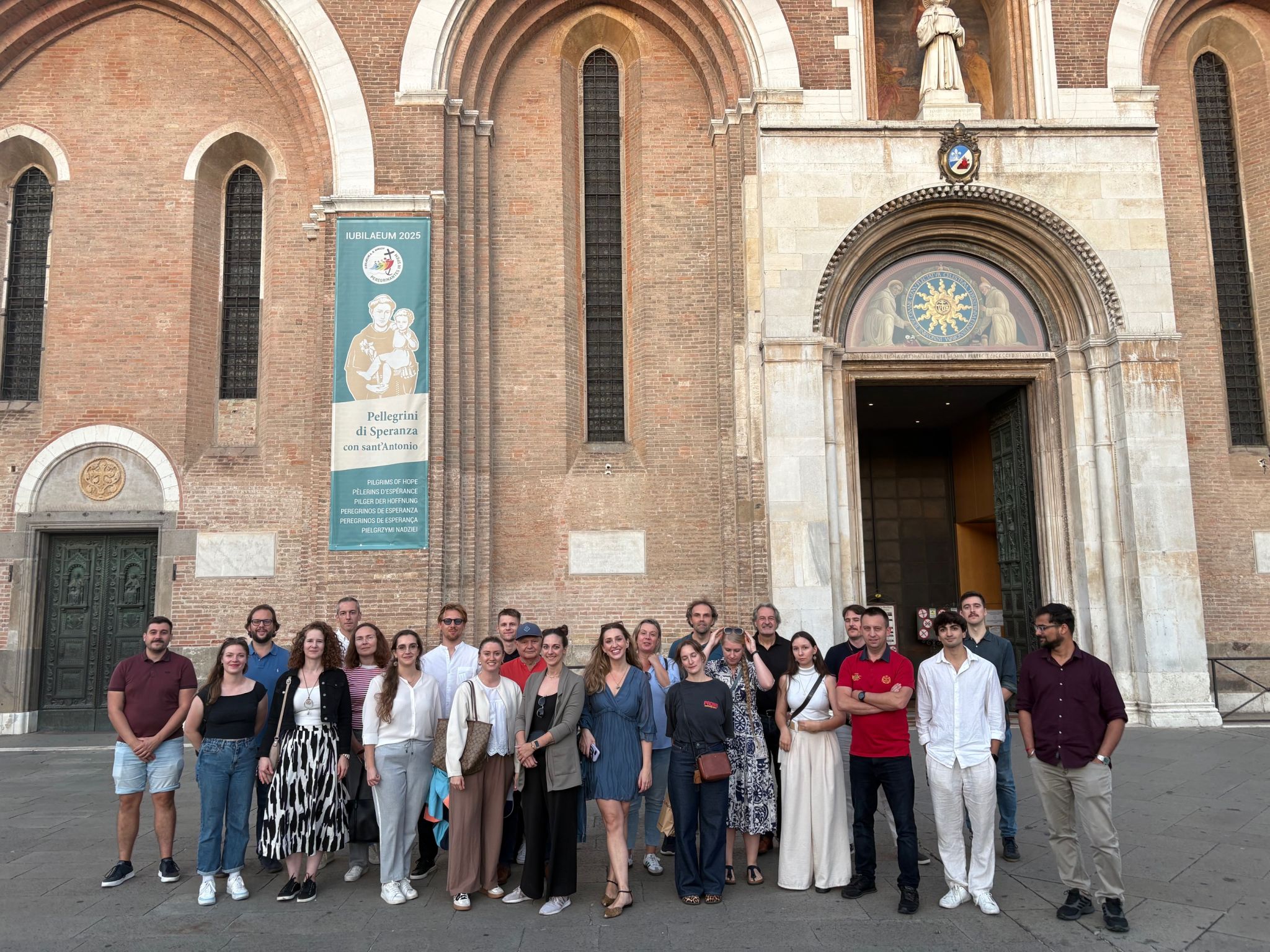The main buzz at the meeting was the upcoming release of the project’s two flagship software tools. First is the Hydrogen Potential Model, a user-friendly platform that allows anyone to map out a region and instantly see its potential for producing clean hydrogen. This is paired with the powerful Decision Support Tool, an advanced simulator that designs the most efficient and profitable hydrogen “hub” for a given area. It calculates everything from the ideal equipment size to the best time of day to produce hydrogen, even taking advantage of moments when electricity prices are negative.
The first versions of these tools are set to be released for testing by mid-October, as the project launches pilot actions in Germany, Austria, Slovenia and Hungary to test them in the real world. At the same time, a series of engaging national workshops and events will be held across the partner countries in the comming months, designed to bring local stakeholders and communities into the conversation, showing them ways to get involved in the future of hydrogen development.
The ultimate goal of HyEfRe is to create a hydrogen network of cooperation that empowers regions to take more control of their energy future. The project will provide not just the technology (Hydrogen potential model and Decision support tool), but also policy recommendations and business blueprints needed to help build this ecosystem and make green hydrogen a key part of Central Europe’s energy system. For now, the main takeaway from Padova is clear: HyEfRe is moving from the drawing board to the real world.
